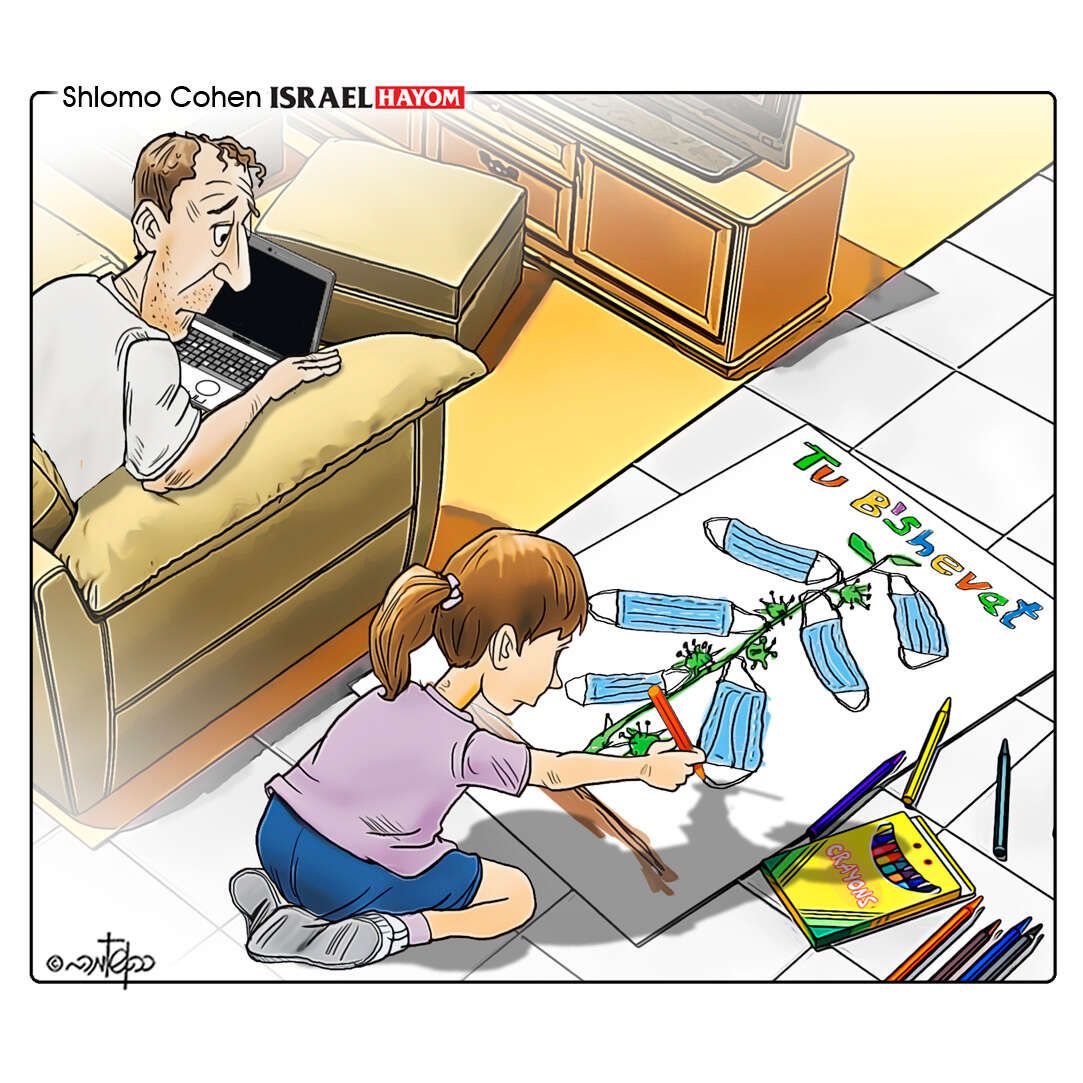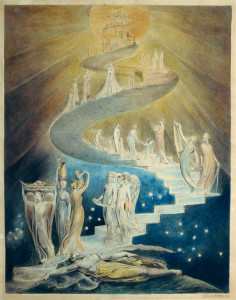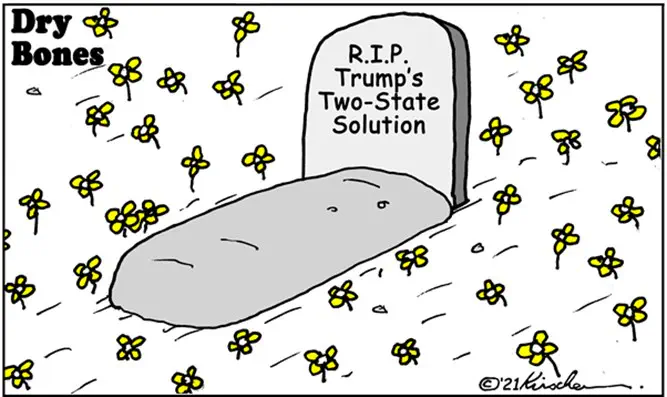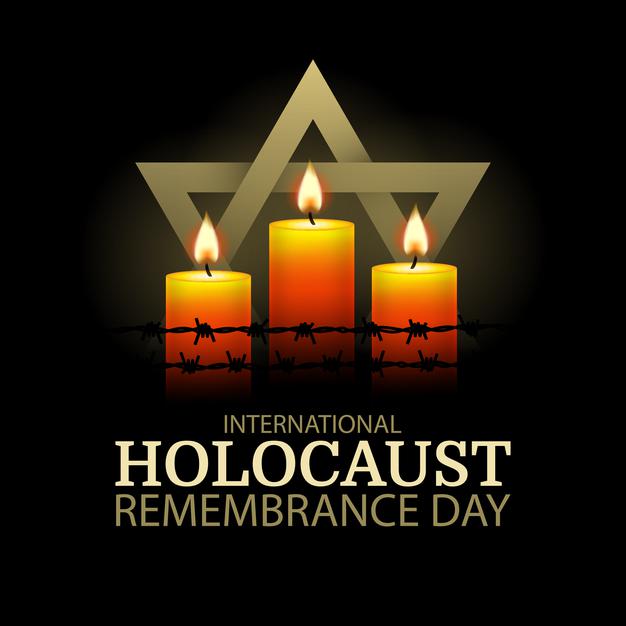Understanding B’tselem’s “Apartheid” Libel
If you’re looking for examples of spin in B’tselem’s latest anti-Israel document, in which the organization slings around the inflammatory terms “apartheid” and “Jewish supremacy,” there are plenty.Tu B’Shvat: The Festival that Proves the Jewish People’s Connection to the Land of Israel
Consider, as one small example, the report’s charge that Israel has built “hundreds of communities for Jewish citizens – yet not a single one for Palestinian citizens.” The sentence was written to sound as damning as possible, which increases its shock value, but also left the authors in the uncomfortable position of having to immediately rebut their own falsehood. “The exception,” B’tselem admits in the very next sentence, “is a handful of towns and villages built to concentrate the Bedouin population.” Image of Bedouin town
The town of Ararat an-Naqab, which Israel built for the Bedouin community.
Which is to say, Israel built “not a single” community for Palestinians, except for all the ones it did build: Rahat, Kuseife, Shaqib al-Salam, Ar’arat an-Naqab, Lakiya, Tel as-Sabi, Hura, Tirabin al-Sana, Mulada, Abu Krinat, Bir Hadaj, Qasr al-Sir, Makhul, Umm Batin. It’s Orwellian newspeak: None, but many. A lie, but with the truth appended as a throwaway-line.
This is far from the worst distortion in the document. The big lie is conveyed in the report’s title, “A regime of Jewish supremacy from the Jordan River to the Mediterranean Sea: This is apartheid.” But the semantic gamesmanship here is revealing. What should be straightforward, B’tselem makes a point of muddling. And so it goes throughout the report, with the result being a mess of factoids, fibs, and fraudulence meant to inflame and misinform, and which tells us more about the organization than about Israel.
The other side of the ledger – B’tselem’s comment about communities for Jews —is hardly better. It’s true that Israel has established hundreds of Jewish communities. But the reason for that isn’t nefarious, as B’tselem suggests. These towns and cities were needed to house immigrants numbering in the millions — Holocaust survivors, Middle Eastern Jews escaping persecution in Arab countries, Jews who wanted to live near their holy sites — absorbed by a country serving as a haven for Jews everywhere. It isn’t supremacy. It’s sanctuary.
The Jewish calendar has many holidays. Some celebrate the survival of the Jewish people over various enemies, some are solemnly spiritual in nature, but others exist, too. One such festival, Tu B’Shvat (sometimes written Tu BiShvat), is perhaps the greatest proof of the Jewish people’s deep connection with the Holy Land.
What Is Tu B’Shvat?
Tu B’Shvat is a Jewish holiday heralding the blossoming of trees and the beginning of the coming cycle of fruit. The name actually derives directly from the Hebrew date of the holiday, which occurs on the fifteenth day of Sh’vat. “Tu” stands for the Hebrew letters Tet and Vav, which have numerical values of 9 and 6 respectively, which add up to 15. Hence Tu B’Shvat literally means the “fifteenth [day of the month] of Sh’vat.”
Where Does Tu B’Shvat Come From?
Tu B’Shvat’s roots can be traced all the way back to the Jewish Talmud. While Rosh Hashanah, the main Jewish new year festival, is familiar to many people, there are actually a number of new year dates in the Jewish tradition. The Talmud records a debate with various opinions, leading to the establishment of four new years:
- The first of Nisan as the “new year for kings and festivals”;
- The first of Elul as the “new year for the tithe of cattle”;
- The first of Tishrei as the “new year for years,” including the calculation of the calendar and sabbatical years;
- The fifteenth of Sh’vat as the “new year for trees”.
Many centuries ago, a variety of different taxation methods were employed. One of the most common was called tithing. Tithing required separating percentages of produce, and handing them over to the local authorities. And for farmed in ancient Israel, Tu B’Shvat marked the date when calculations of the forthcoming fruit crop would begin.
The Talmud records this date as being the point in time when trees in the Land of Israel are said to awaken from their winter hibernation and start the process of renewal, blooming and bearing new fruit. While the date can naturally only be approximate, the month of Sh’vat was selected because “most of the yearly rainfall has passed” (Babylonian Talmud, Rosh Hashana, 14a), causing the trees to renew and their fruit ripen.
So before it was ever considered a festival, Tu B’Shvat was actually a formal date which was primarily significant for its function in governance. Over the centuries, however, the day has been transformed into an opportunity to connect with the Land of Israel.
California Is Cleansing Jews From History
As a result of the outpouring of criticism of the first ESMC draft, in August 2019, Superintendent Thurmond ordered a revision. A second draft was completed in August 2020 and was immediately criticized for simply moving objectionable material to the appendices and footnotes. In the current, third draft, released in December, some of the most offensive material was actually moved back in. For example, an historical resource was added with the following description of prewar Zionism: “the Jews have filled the air with their cries and lamentations in an effort to raise funds and American Jews, as is well known, are the richest in the world.”
Tammi Rossman-Benjamin, director of AMCHA Initiative, which fights campus anti-Semitism, points out that all 13 founding members of the Critical Ethnic Studies Association (CESA) are BDS activists. CESA, the national home base for critical studies, passed a resolution to boycott all Israeli academic institutions in 2014, and the group’s past four biennial meetings included multiple sessions demonizing Israel. “There are a couple thousand academic boycotters of Israel in the country,” she said, “and the largest percentage of them come from ethnic studies. Anti-Zionism is built into the theory and the discipline of ethnic studies, which demonizes Israel as an apartheid settler-colonialist Nazi state.”
But of even greater concern to Jews, she believes, is the singling out of Jewish students as enjoying racial privilege. “I don’t see any way that Jewish students can sit in an ethnic studies class and not feel they have a double target on their backs,” she said, fearing hatred and violence will ensue. First, because they’re Jewish, and considered white and part of the 1%, the purported villains of the teaching, and then through an assumed association with Israel. “There’s a state requirement that you have to sit through a class that says to Jewish students they have extraordinary racial privilege and yet forbids them from speaking because ‘this course is not about you?’ If you don’t accept it, you’re publicly shamed and ostracized—you can’t even speak up and say, ‘I’m not sure if I think that all white people are racists.’”
To placate critics, the third version has added lessons about Korean Americans, Armenian Americans, and Sikhs. Two lessons have been offered about Jews. One, following crude CRT dogma, teaches that Mizrahi Jews coming to the United States from Arab lands were mistreated by “white” Ashkenazim. The other suggests that Jews of European descent have white privilege.
The Jewish Journal points out that Jews are the only group in the curriculum for whom the term “privilege” is used. And this privilege is not earned by way of talent, or educational and professional attainment, but rather trickery. The ESMC, echoing Nazi propaganda about Jews as impostors and appropriators hiding in plain sight, points out that American Jews often change their names (“this practice of name-changing continues to the present day”) to change their rank in the social hierarchy.








































